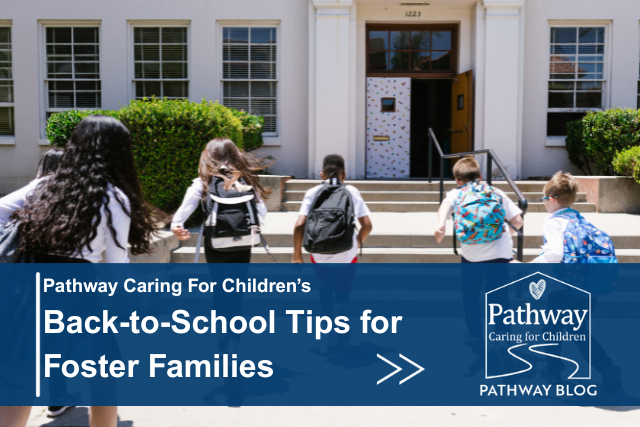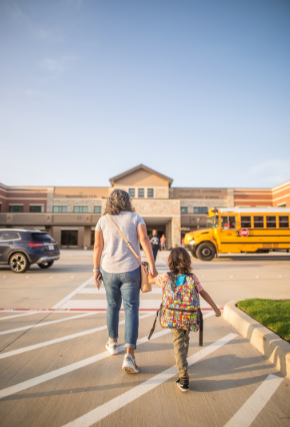
Back-to-School Tips for Foster Families
The start of a new school year brings a mix of emotions for any child—excitement, nervousness, curiosity, and sometimes fear. For children in foster care, those feelings may be even more intense.
A new classroom, unfamiliar routines, and big social environments can stir up anxiety, especially for kids who’ve experienced trauma, transitions, or disruptions in their learning.
As a foster parent, you play a key role in helping your child feel supported and confident as they head back to school. With a little preparation, patience, and teamwork, the school year can be a time of growth, healing, and success.
Here are some practical tips to help make that transition smoother for everyone in your home.
Start with Predictable Routines
Children in care often feel safer when they know what to expect. Begin establishing school-year routines a couple of weeks before the first day. This can include:
- Consistent bedtimes and wake-up times
- Morning and evening checklists
- Practice runs for getting ready and leaving the house
- Talking through the school day schedule together

These routines can help reduce anxiety and ease the adjustment.
Tour the School and Meet the Staff
If possible, visit the school before the year starts. Walk through the building, meet the teacher, find the cafeteria and bathrooms, and show your child where you’ll drop them off and pick them up.
If your child is starting a new school, these small introductions can make a big difference in helping them feel more comfortable on day one.
Communicate with the School Early
You don’t have to share your child’s full history, but connecting with the school counselor, teacher, or principal early in the year is important. Let them know if your child may need:
- Extra support with transitions or focus
- Help navigating social situations
- A trauma-sensitive approach to discipline
- Access to counseling or IEP/504 services
When schools and foster families work as a team, kids benefit.
Watch for Emotional or Behavioral Changes
Even if your child is excited about school, they may show signs of stress once the year starts. This can include:
- Mood swings or increased irritability
- Withdrawal or avoidance
- Complaints of headaches or stomachaches
- Changes in sleep or eating habits

Create space for open conversations after school. Try asking, “What was the best part of your day?” and “Was there anything hard today?” Let your child know it’s okay to feel nervous or overwhelmed.
Build in Time for Connection
The school year can get busy quickly. Make time each day—even 10 or 15 minutes—for intentional connection. Read together, go for a walk, share a snack, or play a quick game. These moments help foster security and strengthen your bond.
Celebrate Small Wins
Starting a new school year is a big deal. Whether your child makes it through the first day without tears, makes a new friend, or remembers to bring home their folder, celebrate the progress.
Acknowledging small victories helps build confidence and encourages emotional resilience.
Ask for Support When You Need It
You don’t have to do this alone. If your child is struggling in school—academically, emotionally, or socially—reach out. At Pathway, we offer mental health services, parent support, and guidance to help foster families thrive during times of transition.
If your family is preparing for the new school year and you could use extra support, contact our team at www.pathwaycfc.org/contact or explore our mental health services at www.pathwaycfc.org/mental-health.
Back-to-school season doesn’t have to be overwhelming. With the right tools and support, it can be a time of fresh starts, steady growth, and meaningful connection